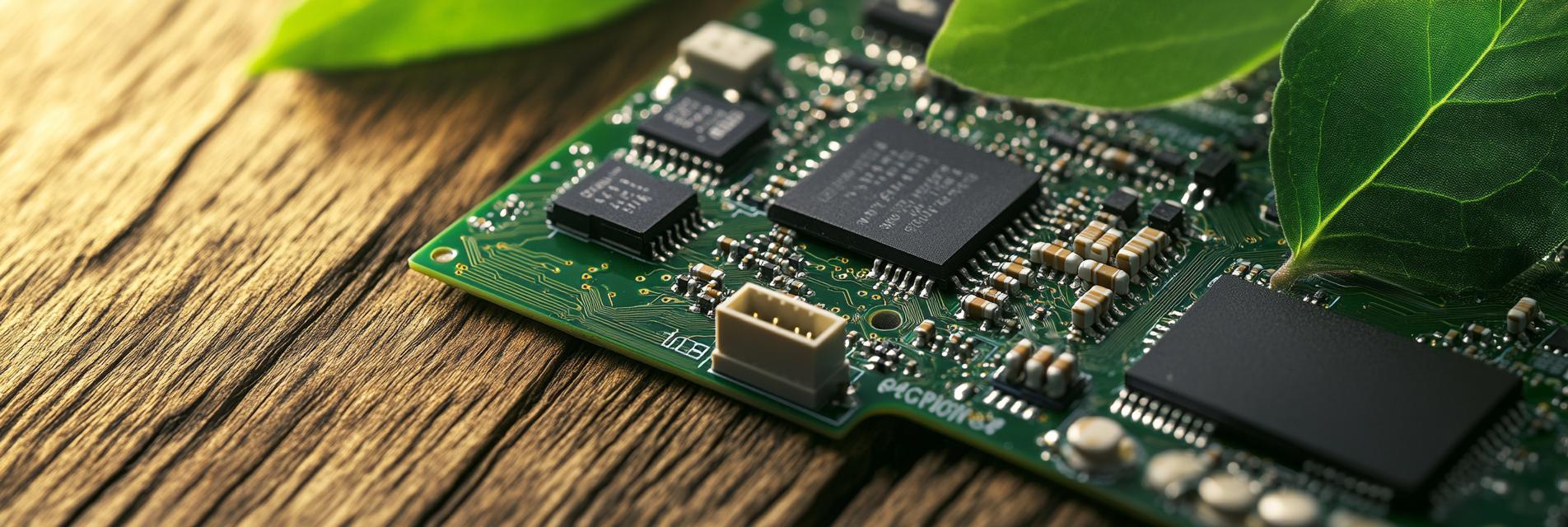In today's electronics manufacturing landscape, compliance with environmental regulations has become a critical factor for success. Among these regulations, RoHS (Restriction of Hazardous Substances) and REACH (Registration, Evaluation, Authorisation and Restriction of Chemicals) standards stand out as pivotal frameworks that govern the utilization of hazardous substances in electronic products. The significance of adhering to both RoHS and REACH cannot be understated as they not only protect the environment but also fortify a brand's reputation in the market.
RoHS compliance is integral in ensuring that electrical and electronic equipment do not contain certain hazardous substances, which can pose serious risks to both human health and the environment. As consumers become increasingly conscious of the products they use, companies that adhere to RoHS standards signal their commitment to safety and sustainability. This compliance not only opens doors to new markets but can also lead to increased customer loyalty, as buyers opt for brands that prioritize responsible manufacturing practices.

REACH compliance complements RoHS by ensuring that chemical substances used in the manufacturing process are thoroughly evaluated for their potential risks. Manufacturers are required to register substances, assess their safety, and ensure that they do not adversely affect the health of consumers or the environment. By complying with REACH, companies demonstrate their dedication to transparency and safety, further enhancing their credibility in the eyes of stakeholders.
Adhering to RoHS and REACH standards offers numerous benefits beyond regulatory compliance. Firstly, it provides a competitive edge by differentiating products in a crowded marketplace. Secondly, it reduces the risk of costly recalls and legal issues associated with non-compliance. Finally, as organizations increasingly seek sustainable solutions, having RoHS and REACH compliant products can significantly contribute to market attractiveness and growth.
In conclusion, the importance of RoHS and REACH compliance in PCB manufacturing cannot be overstated. These regulations not only promote a healthier environment but also enhance product integrity and market growth. Manufacturers who prioritize compliance with these standards are better positioned to meet consumer demands for sustainability while establishing themselves as responsible leaders in the electronics industry. As we move towards a greener future, the commitment to RoHS and REACH compliance will remain essential for success in the dynamic world of electronics.
